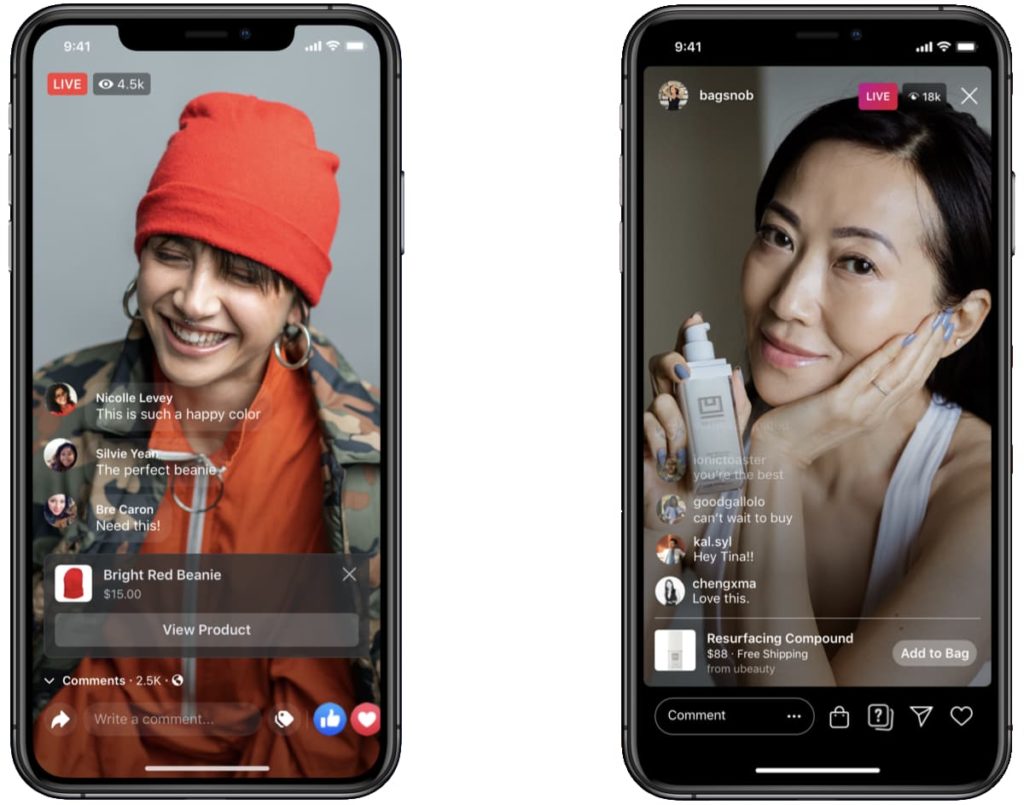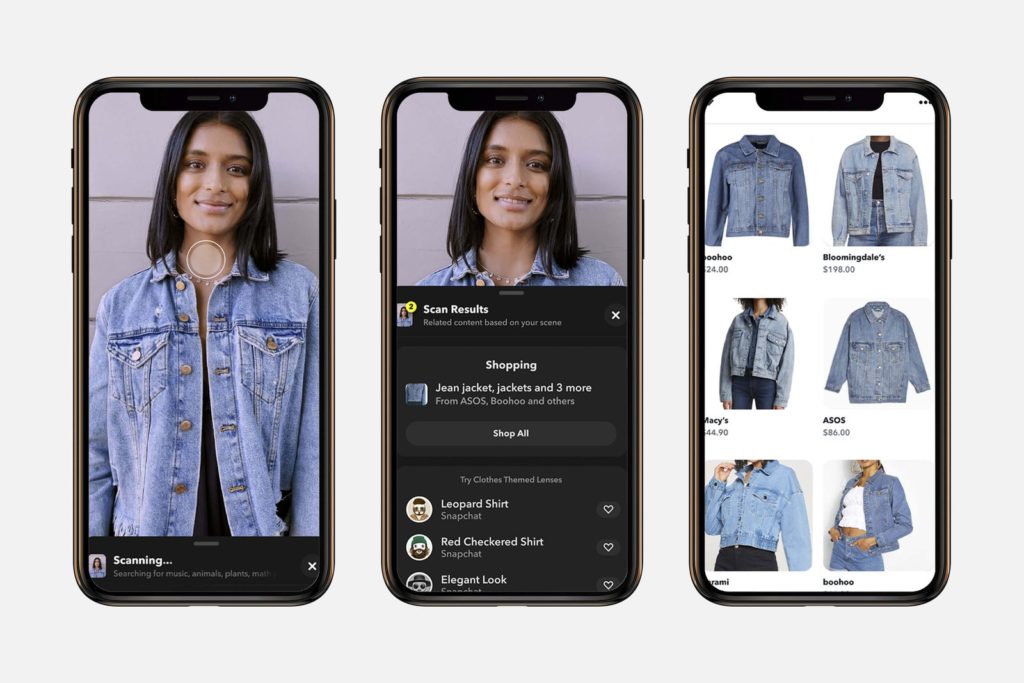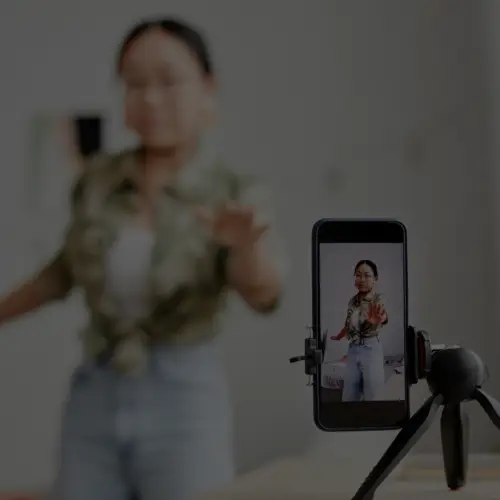
14 Oct 3 Social Commerce Trends for 2022 Planning
With over 230 million digital buyers in the U.S., incorporating social commerce trends and features into your social media marketing strategy is a no-brainer. Add to that, every social media network now has shoppable features that make social commerce transactions easier than ever.
But with so many new features rolling out, which big-ticket items should your team prioritize? There are several common features across the different social media networks and a few new trends that bubble to the top. As your social media teams gear up for 2022, keep in mind the three trends below as a good place to focus your social commerce optimizations.
#1) Digital Storefronts for Direct Purchases
Facebook, Instagram, Pinterest, TikTok, and Snapchat all have their own version of digital storefronts where users can browse, place orders, and even make purchases directly within the respective app. These shops create an opportunity for brands to reach more customers and drive more lower-funnel activities from social media. It also limits the number of actions users need to take before making a purchase (you always want to minimize the number of clicks a user needs to take).
That said, there’s still some hesitancy from audiences to enter their personal and financial information into a social media app. To combat this, audiences can still navigate to your brand website easily from your shoppable content. Having both these options available to audiences is certainly a plus.
When shops first rolled out, in most cases audiences needed to visit the brand’s respective page to access the content, but now most networks have ad units available that are compatible with these shops. These types of ads can certainly help bridge the gap between product discovery and purchase.
Resources for Social Media Shops: rong>
#2) Livestream Shopping
Livestream shopping hasn’t yet taken off in the U.S. as it has in China, but there’s a big potential for return by incorporating this tactic into your brand strategy. Facebook, Instagram, TikTok, and now YouTube, all currently have this functionality that allows audiences to view products, save items, and make purchases all while viewing a live video on the networks. Note, some features are still limited on certain networks but will be more publicly available within the coming months.
This tactic is ideal if you’re conducting a tutorial, revealing a new product, hosting a Q&A session, and more. Also, influencer-hosted live streams are an excellent tactic to consider to get products in front of new audiences.
What’s more, your Livestream can continue to work in your favor even after the event. Repurpose the full video, or even snippets of your video, by publishing the content across other social media networks. We always advise our brands to make the most out of their video content, and this is certainly a cost-effective tactic.
Resources for Social Media Livestream Shopping:
#3) AR Integrations
Augmented Reality (AR) has already been widely adopted across social media in the form of lenses and filters, but now social media networks are experimenting with ways to leverage AR for eCommerce. Snapchat has been the most notable network to do this through its scanning functionality that enables audiences to scan items and browse products like those items scanned. Pinterest has a similar feature to this as well – and in both cases, audiences can be pushed down the funnel to purchase.
But now another new feature is emerging across the networks: AR try-on’s. Using this new technology, audiences can virtually try on items and discover additional products for purchase consideration. Facebook is even rolling out at ad-unit to accompany the new feature.
AR can certainly be tricky, so you need to have the right team involved in the development of your content if you want it to be successful. Retailers should take note of this trend and work to get ahead of the curve as it’s likely going to be accessible on other networks in the future.
Resources for AR Shopping on Social:
Brick and mortar shopping experiences may never be obsolete, but the demand for online shopping capabilities vastly increased as a result of the global pandemic. We encourage your social teams to keep a pulse on what new developments are in the works that will expand social commerce capabilities. Those items outlined above are already making a huge impact in the social commerce world, but there’s much, much more to come.
If your brand is looking for an expert partner to enhance your overall social media marketing strategy and ensure social commerce tactics are prioritized, contact our team. We’ve been in the business for over 14 years and have developed industry-wide best practices for leading brands.
Want more content like this delivered directly to your inbox? Sign up for our bi-weekly e-newsletter, Social You Should Know, below.
Subscribe to Social You Should Know










